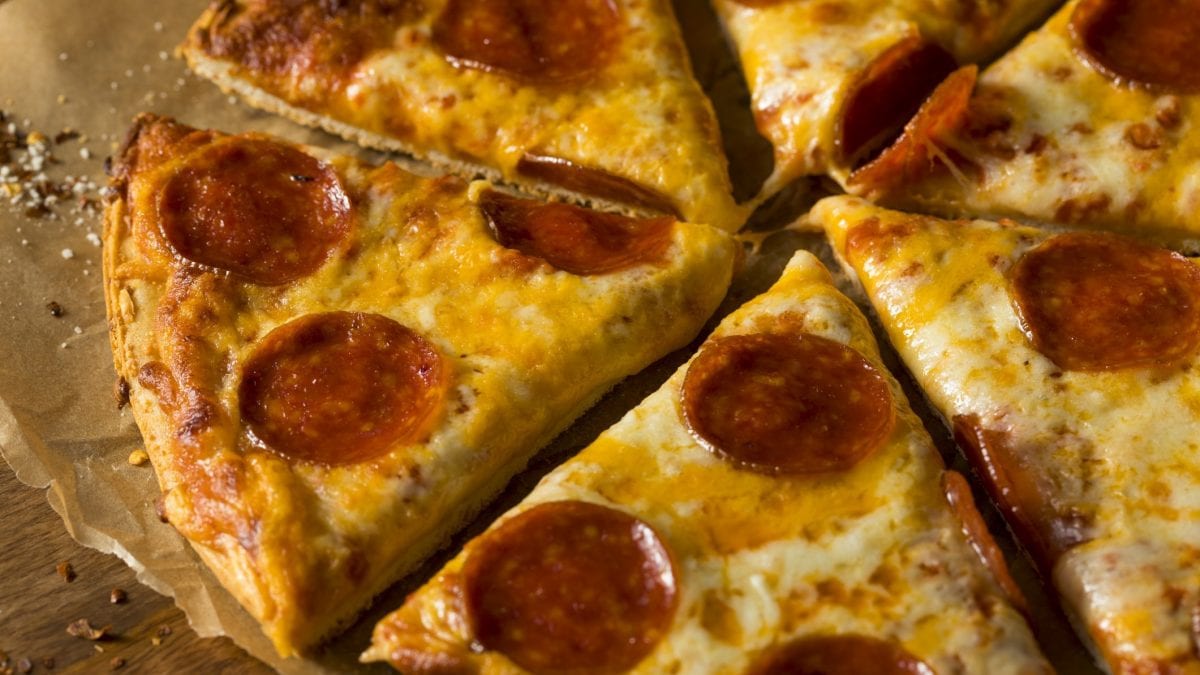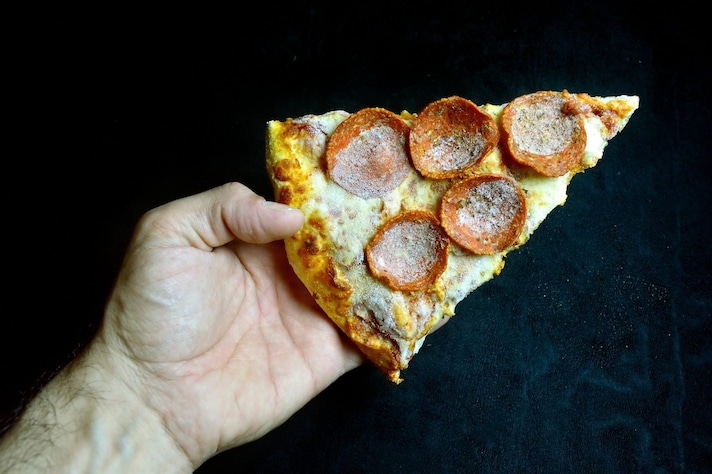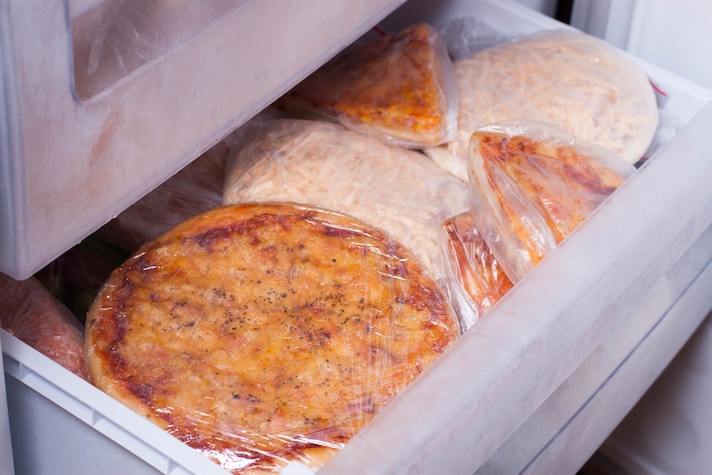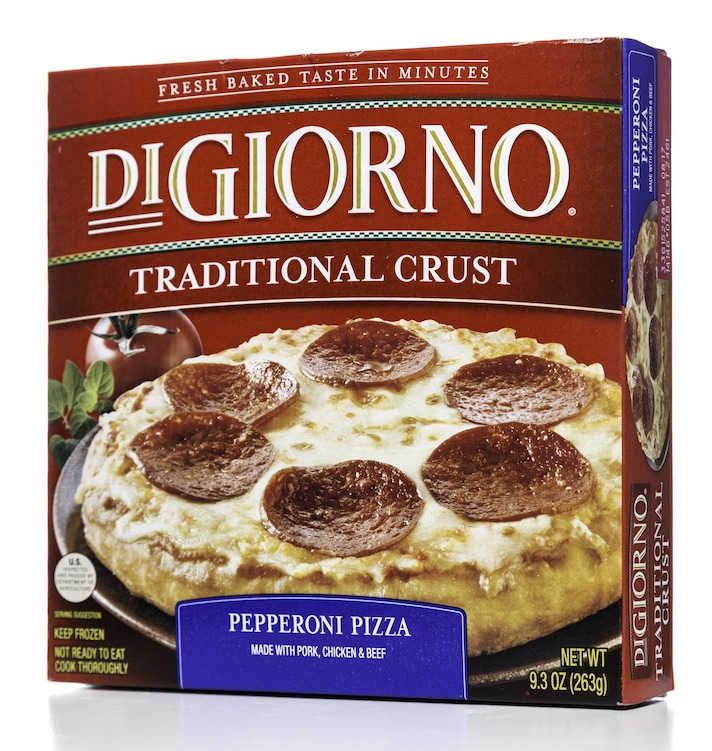
The history of frozen pizza begins in the United States in the 1950s and arrives in Europe about ten years later. It is surprising to discover how the birth of frozen pizza is linked to America in those years: an invention as simple as it is revolutionary. Its epic through the 20th century is truly fascinating: throughout its life it has undergone a process of constant improvement and research up to the present day.
A Stars and Stripes Pizza
Frozen pizza turns many Italians' noses up. In the United States of the 50s, however, everything that is edible, is tried to put on ice. The Americans discovered the technique in 1930 thanks to Charles Birdseye and have never separated from it. Frozen food companies proliferated in those years and still today they invoice billions of dollars only with the domestic market.

The inventor of frozen pizza is a second-generation immigrant, son of Italians, Joseph Settinieri. In 1947 he realized that the idea could be a winner: together with his brother Cyrus he sold frozen ravioli; given the success of the ravioli, the two decided to double the offer by focusing on an easy-to-make pizza. At that time, all of America put practicality first, it was the so-called American Way of Life and its precepts of life were freedom and the pursuit of happiness. For Americans, being in the kitchen was a constraint, so they tried in every way to reduce working hours.
The two Italian-Americans founded Roman Pizza and focused on television commercials to advertise the product. The problem was that in 1948 only 4% of Americans owned a TV. The idea was a winner because in 1953 7 million frozen pizzas were sold in the United States, with numbers that rose dramatically starting in 1955 when, thanks to television commercials, sales doubled. In those 7 years, the number of American families with a TV at home went from 4% to 50%: it was a huge success.
The pizza of the Settinieri brothers and their imitators is very different from a pizza made in Italy: even today the American frozen rounds are rich, seasoned and often have a mass of ingredients without any real apparent logic. But they sell, a lot.

The key figure in frozen pizza, however, is a woman, Rosenella Winifred Cruciani "Rose" Totino, an entrepreneur who, after opening an Italian restaurant with her husband Jim in Minneapolis, decides to embark on the frozen path. After 10 years of work with a company that was founded from scratch, Pillsbury, one of the most important multinationals of the time, knocks on her door , "annoyed" by Totino's success. The woman decides to sell the company for 22 million dollars: in the 70s this is a record amount. This "father-master" attitude of Pillsbury, among other things, has led the company into a deep crisis due to the antitrust law in force in the United States.
In the same period, Schwan's Company, another company from Minneapolis, a city particularly passionate about the product, intuited the still untapped potential of frozen pizza and launched Red Baron, a pizza that is still a staple of the industry in the United States. To support the pizza, an aggressive and incredibly expensive marketing campaign was launched: the Red Baron Squadron. In practice, the company bought 5 vintage biplanes modified with a 450 horsepower engine, setting up the first civil air squadron in the United States. These biplanes toured America far and wide through fairs, museums or simple events to advertise the product until 2007, when Schwan's decided to retire the airplanes. The idea worked very well: today, over 70% of the entire pizza market consumed at lunchtime in the United States belongs to Red Baron. 30% is divided between other frozen product companies and traditional pizzerias.
The 70s were years of great turmoil, in every area of life. Frozen pizza was now a mass product, almost 20 years after it was first marketed. People demanded more and a controversy of national importance arose, with demonstrations in the streets. In practice, consumers complained about the quantities of cheese on the round, too small, at least according to the customers. The producers, for their part, did not accept this because according to the planned business plan, the cheese was considered an additional layer to the tomato sauce and not just any condiment. The national debate grew to the point that the USDA, the United States Department of Agriculture, was forced to intervene: in 1973 it established that for every pizza, cheese must be present in at least 12% of the filling. The cheese producers hoped for something more and, for this reason, wrote about 6,000 letters of protest: but the department remained firm in its opinion. After a couple of years the situation deflated and stabilized.

In the 80s and 90s, many different brands were born and in 1995 Kraft launched DiGiorno, the first deep-dish pizza with a crispy crust. Today, DiGiorno is the best-selling frozen pizza in the world: 50% of frozen pizzas sold every day carry the Kraft brand.
;Resize,width=767;)
